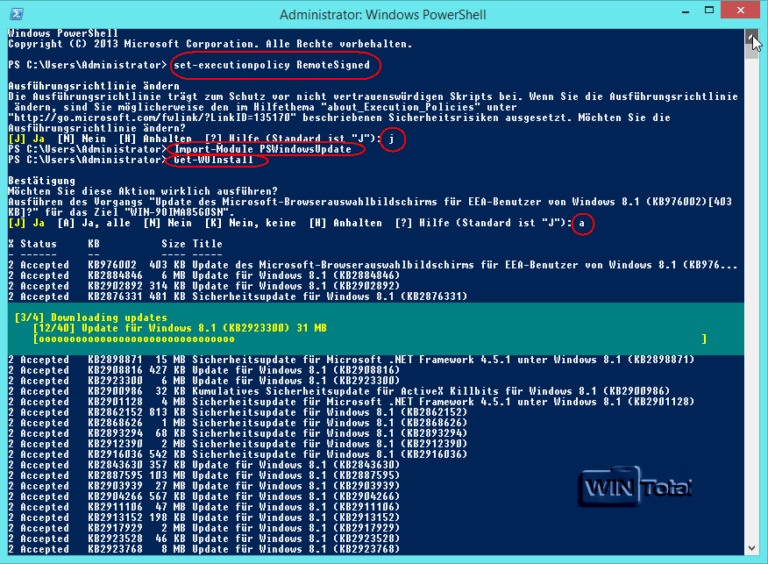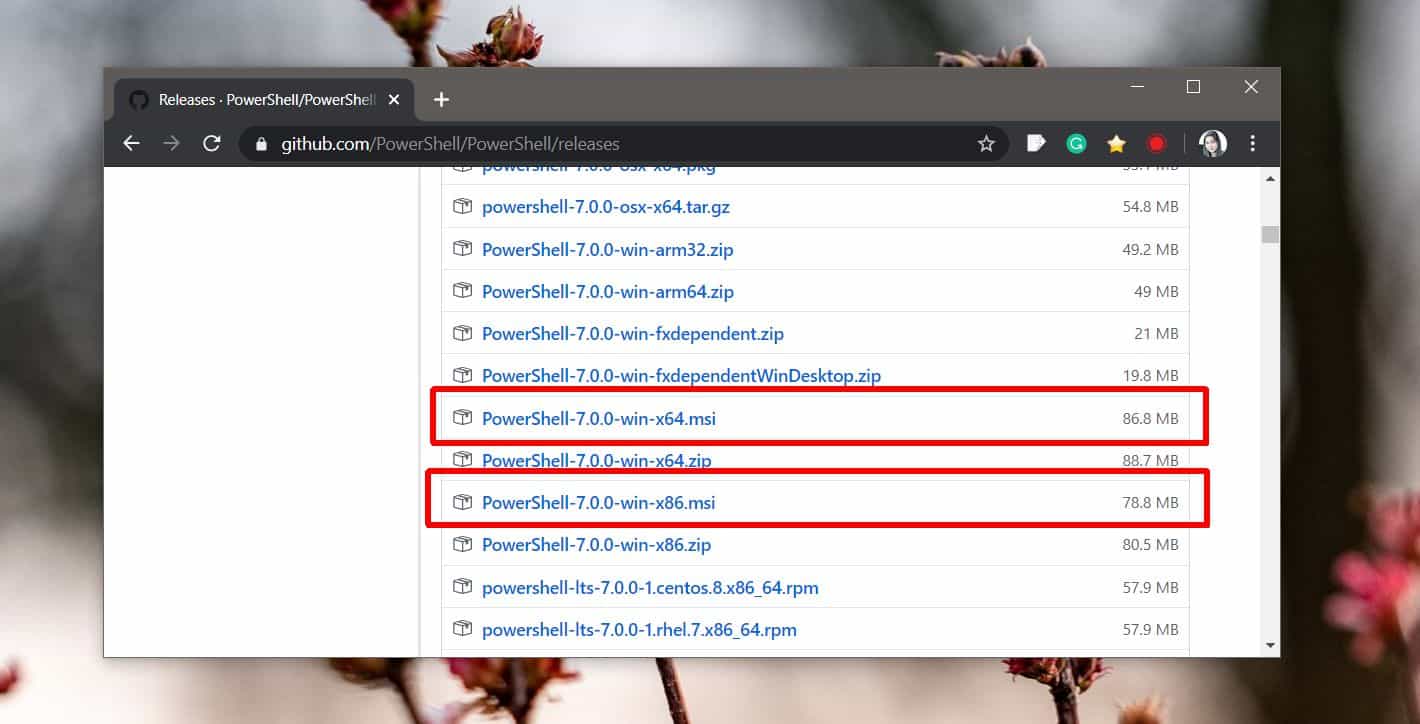

You can also try the Get-AzureADPolicy command to see if you can retrieve any info on the MFA policy. Reference - Sign-in event details for Azure AD Multi-Factor Authentication - Azure Active Directory - Microsoft Entra | Microsoft Learn You can query the StrongAuthenticationMethods for reporting on MFA registration statuses and authentication type, but I do not think you can filter or check for the "remember multi-factor authentication" setting. If you are the admin and are configuring Per-User MFA settings, you should be able to check those settings and whether they are enabled in the per-user MFA configuration - Configure Azure AD Multi-Factor Authentication - Azure Active Directory - Microsoft Entra | Microsoft Learn. When done on the system drive you should get:Ĭ:\Windows\System32\WindowsPowerShell\v1.We do not appear to have specific commands for viewing if the "remember MFA" setting is enabled. The command will copy the entire folder PSWindowsUpdate and its contents to. upload that zip and delete temp folder when all is well. Right click on the two and choose "send to" - "compressed (zipped) folder"ħ. Highlight both the exe and the source folder.Ħ. Be in the folder you created in explorer. In that expanded zip is a directory "PSWindowsUpdate" drag that to the source directory.ĥ. (the exe is looking for that folder as the copy source.) Ĥ. Create another folder called "source" in the folder. In that folder place the autoit exe you complied.ģ.

That was created with the "tree" command and the little lines signify the sub-directory branches.ġ. Look at the command window picture above. Here are the tasks within my custom deployment ( note I run the update after I install Office to get those updates also.) Get-WUInstall -MicrosoftUpdate -IgnoreUserInput -AcceptAll -IgnoreReboot -Verbose The powershell script uppdate1.ps1: (line 1 installs line2 adds Microsoft-updates as well line 3 executes the job)Īdd-WUServiceManager -ServiceID 7971f918-a847-4430-9279-4a52d1efe18d -Confirm:$false The second task installs and starts the windows updates.

\source\*.* C:\Windows\System32\WindowsPowerShell\v1.0\Modules /s /q that along with the files to install You can install this ahead in your golden image and just run the last 2 lines of the PS scriptĭownload the Windows Update PowerShell ModuleĬreate an AutoIT script to xcopy the files to the PS modules & " /c " & "xcopy.exe. You can update scripted or deployments with Microsoft updates via a power shell module.


 0 kommentar(er)
0 kommentar(er)
